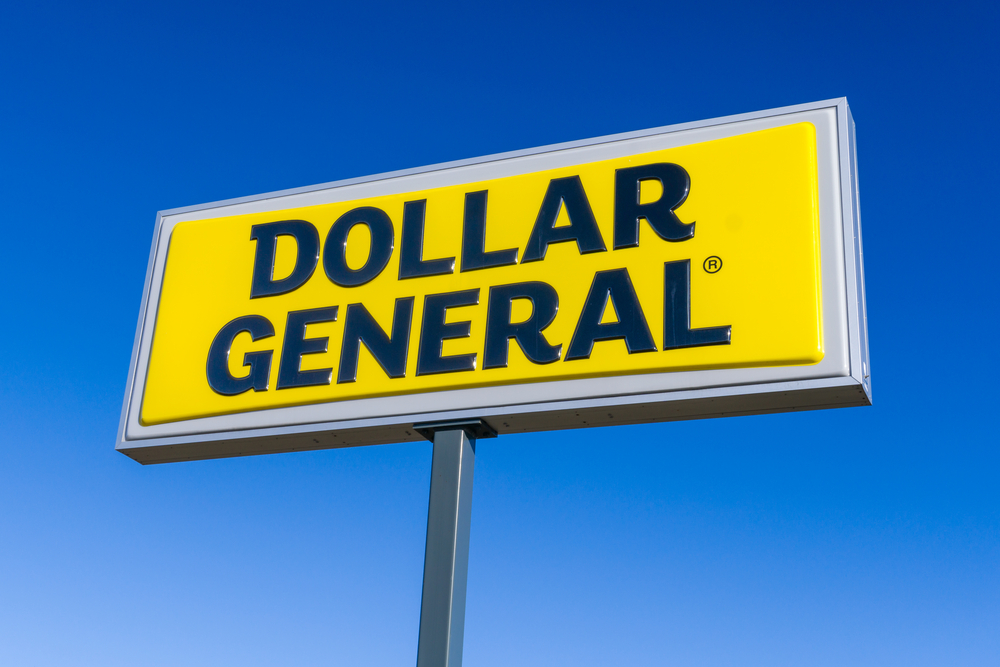By now you have probably heard just about everything there is to hear about COVID-19. It is a subject that is difficult to avoid. Since the outbreak, the gathering of information surrounding what you should do to keep your facility safe has been a bit like drinking from the proverbial fire hose! The commercial cleaning industry has tried very hard to stay in front of this issue, but the facts seem to be a bit of a moving target. To make matters worse, there has been an influx of market participants making unrealistic claims or simply profiting at the expense of others.
The following is a list of some questions that we have been asked, and continue to be asked, as we fight through this virus together. This list of questions is certainly not exhaustive, and as mentioned above, may be subject to change as more information is gathered.
1. QUESTION: “How can I be sure my commercial cleaning company is using a disinfectant that is effective against COVID-19?”
ANSWER: Their disinfecting chemicals should be included on the EPA’s List N. This is a list of registered disinfectants that have been proven effective against Human Coronavirus. The EPA has not established any effectiveness protocols for surface disinfectants. However, most in the scientific community believe that when the EPA establishes protocols, the results will show that if surface disinfectants are effective for other Coronaviruses, they will also be effective for COVID-19. Here is a link to List N: https://www.epa.gov/pesticide-registration/list-n-disinfectants-use-against-sars-cov-2-covid-19#filter_col1
2. QUESTION: “I hear things like electrostatic spraying and fogging. Are these effective ways to disinfect my facility?”
ANSWER: Yes**. Electrostatic sprayers deliver charged droplets of disinfectant that are attracted to surfaces, including the back sides and crevices of surfaces, for wrap-around disinfection coverage. Fogging, or misting, systems deliver very small droplets of disinfectant on surfaces. Based on the direction of spray and the effect of gravity, fogging may result in uneven coverage. If you have a choice, electrostatic sprayers are a better option. **HOWEVER, neither of these methods are effective without proper CLEANING of surfaces first. Because the coronavirus is so small, dust and other surface debris act as a shield to disinfectants that are simply sprayed on a surface.
3. QUESTION: “I am reading and hearing all kinds of different things about cleaning and disinfecting. I just want to know how to keep my facility as safe as possible. What do you recommend”?
ANSWER: First, there is no method or process of cleaning and disinfecting that can guarantee that your facility will avoid a COVID contamination. However, there are cleaning and disinfecting measures that can help to lessen the probability of a COVID contamination. These measures are very similar to guidelines during any type of virus season. Here are the steps:
- Perform daily, routine cleaning of all surfaces using soap and water or other cleaning agent – this removes dust and other particles that can shield the coronavirus.
- WIPE surfaces with a cloth saturated with a disinfectant from List N, or with a disinfectant wipe from List N. When wiping, pay close attention to high touch surfaces such as desks, conference tables, tables, doorknobs, light switches, countertops, handles, phones, keyboards, toilets, faucets, and sinks.
If your facility has heavy use from visitors, employees, patients, or students, this 2-step process of clean-then-disinfect may need to be repeated throughout the day. Also, if your facility is large and has a large quantity of surface areas, one of the methods in the previous question might help expediate the disinfecting process – did we mention that you still need to clean first!! For more information click on this link: https://www.cdc.gov/coronavirus/2019-ncov/community/disinfecting-building-facility.html.
4. QUESTION: “My cleaning team told me that a disinfectant had to “dwell” on a surface for 10 minutes before it is okay to wipe off or touch. What is “dwell time” and is this true”?
ANSWER: Dwell time, or contact time, is the amount of time disinfectants need to remain wet on surfaces to properly disinfect. Each product has specific dwell time requirements that can be found on the product label. While it is true that some products have a dwell time of 10 minutes, other products have dwell times in the 3-5-minute range.
5. QUESTION: “Is there any kind of product or application process that will kill COVID-19 for an extended period”?
ANSWER: No. While there are products (antimicrobial coatings) on the market making claims about “keeping surfaces clear of human coronavirus for up to 90 days with just one application”, there is no evidence that these products or applications actually work. Click on this link for more information: https://healthybuilding.net/reports/22-covid-19-statement-understanding-antimicrobial-ingredients-in-building-materials
6. QUESTION: “Once a surface is disinfected, how long will it remain free from contamination”?
ANSWER: Unfortunately, a surface can be re-contaminated immediately if someone with a virus touches the surface. As mentioned in the previous question, there is no product or process that, when applied, will kill any coronavirus for an extended period. However, the good news is that COVID-19 is thought to spread mainly from person to person, mainly through respiratory droplets produced when an infected person coughs, sneezes, or talks. So, if an infected person touches a surface, yet doesn’t sneeze or cough, on it, the surface should not be contaminated.
Conclusion
In conclusion, general cleaning followed by disinfecting of critical high-touch surfaces (with List N registered products) is one of the best things that you can in the battle against COVID-19.






